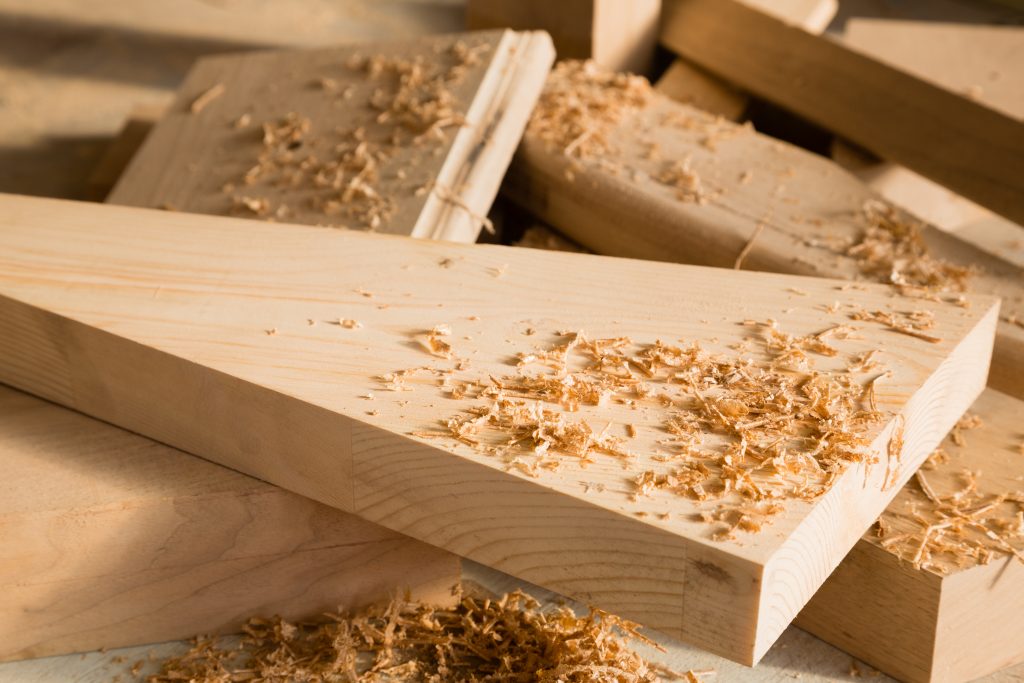7 Clever Carpentry Tips to Help You With Your Next Home Project
The home improvement market has grown steadily over the last decade, with sales reaching US$394 billion in 2018.
Homeowners are becoming less reliant on professionals and more willing to take on projects like installing granite countertops or fixing plumbing problems themselves.
Not only can DIY save you time and money, the more skills under your belt, the more adventurous you can be with your home improvements. Just think, with a little practice and some basic carpentry skills, your next project could be a tree house for your kids…or a man cave for you!
Here are seven top carpentry tips to make sure your next home improvement project goes smoothly.
1. Invest in an All-Purpose Hammer
While a good knowledge of carpentry techniques will get you a long way, arming yourself with right tools can make life a lot easier when you’re working on a DIY home project.
One such must-have tool is a multi-purpose hammer. Whatever task you’re working on, from rough construction to neat finish work, a smooth-faced 20-ounce hammer with a straight claw will be your savior every time.
You can use the claw to lift walls, for framing techniques, and even for basic chiseling. This kind of all-purpose hammer is also a better shape for pulling out nails than a curved claw-style hammer.
2. Mark Instead of Measuring
No matter how well you measure, there’s always a chance that you’ll make an error somewhere and end up cutting your wood too short.
To avoid this happening, only use your tape measure when you absolutely have to. Instead, hold your trim in place and mark it with your pencil rather than measuring. Marking is often faster than measuring, but more importantly, it is always more accurate and helps to eliminate mistakes.
This tip isn’t just great advice for trims either. Favoring pencil marks over measurements also works for laying shingles, siding and framing.
You will, however, need your tape measure to find studs in your walls. Read more to find out how to use your trusty tape measure to locate wall studs like a pro.
3. Buy a Trim Gun
An air-powered trim gun is another vital tool that will make your life easier and your carpentry results that much faster and neater.
Say goodbye to hand nailing and you’ll ensure that you won’t have to pre-drill holes, and there’ll be no splits or knocking the piece out of place when you attempt to hammer it in. Plus, the holes are much smaller, making them easier to fill later.
Trim guns have come down a lot in price over the years so you’re sure to get a good deal on one that will stand the test of time. If you’re a DIY carpenter and only intend to buy one size, the most versatile trim gun is one that shoots 5/8 to 2-inch 18-gauge brads.
4. Practice Miters on Scrap Wood
Miters are one of those carpentry techniques that look impressive but are hard to get right, especially if you lack practice.
And even professional carpenters admit that getting the perfect fit with a miter is often a case of trial and error. Which is why it pays to practice on small scrap pieces of wood. Practicing and adjusting your miter saw as you go will help ensure that your miter saw is at the perfect angle before you cut the actual parts.
Also, if you’re doing miters for the first time, start off inside a closet or in a spare room rather than at one of the main doors of the house. That way, if you do make a mistake, it won’t be as visible.
5. Make Perfect Trims Every Time
While we’re on the subject of miters, there are several ways to apply pressure to a miter so that it fits together nicely before you fasten it and the glue dries.
But one of the best carpentry tricks is to force the miter to stay in place by clamping two blocks of wood together around the miter.
To do this, take two blocks of scrap wood and cut 45-degree notches at equal distances. Keep the two blocks in place using two extra clamps, then hook the clamp into the notches and tighten it up to get a good fit. This trick ensures your window and door trims will be perfect every time!
6. Cut Upside Down
When you’re trimming down a door, cutting finish plywood or making cuts across the grain, splintering can be a common problem when the circular saw cuts up through the finish grain.
Avoid this by cutting the wood with the good side facing down. If both sides are good, mark your cutting line with a pencil then use a razor knife and a straightedge to score the wood before you cut it. This way you can be sure of a nice clean cut every time.
7. Use This Simple Framing Formula
It might seem like you need an engineering degree to estimate framing materials. But, with this fail-safe framing formula, you’re guaranteed to get the right amount of lumber every time.
No matter how many windows, doors or corners you need to buy for, you will need:
- One stud for each linear foot of wall
- Five linear feet of material (tops, bottoms and ties) for each linear foot of wall
This amount will look like too much wood when it arrives. But trust us, the extra lumber will come in handy for braces, blocking, corners and frames. You’re also bound to get some crooked pieces in with your order, so set that aside for short pieces.
Clever Carpentry Tips for Your Next DIY Project
For quality work that takes half the time to complete, you can’t go wrong with these carpentry tips.
If you’re a DIY carpenter, knowing a couple of quick fixes and having the right tools can make all the difference when you’re just starting out.
Once all your woodwork is done, make sure you protect your trims and edges when you redecorate by following these tips to paint like a pro.



